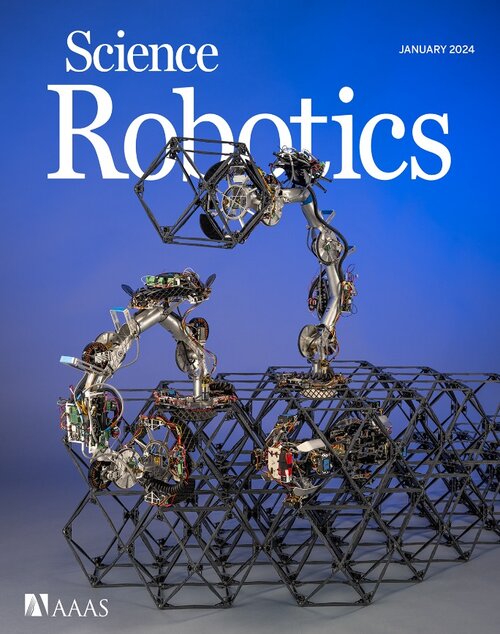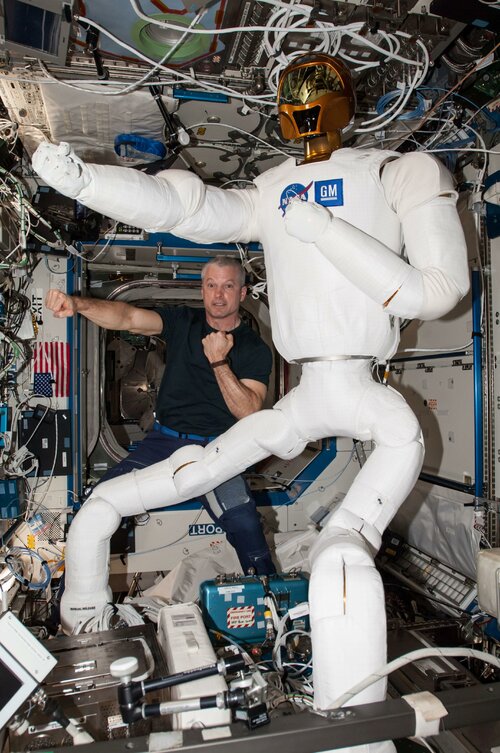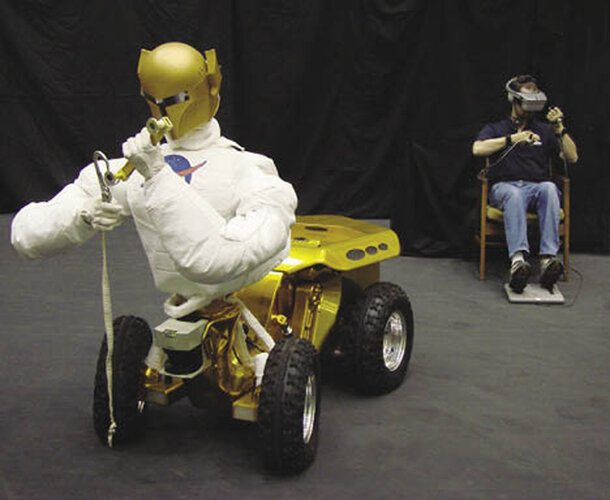New book on robots in the military

 phys.org
phys.org
In the news

 techxplore.com
techxplore.com

 techxplore.com
techxplore.com

 techxplore.com
techxplore.com

 techxplore.com
techxplore.com

 techxplore.com
techxplore.com

 techxplore.com
techxplore.com

 phys.org
phys.org

 www.space.com
www.space.com

 techxplore.com
techxplore.com

 www.odditycentral.com
www.odditycentral.com
At the warehouse

 techxplore.com
techxplore.com

 phys.org
phys.org

 techxplore.com
techxplore.com

 phys.org
phys.org

 techxplore.com
techxplore.com

 phys.org
phys.org

New book anticipates a world of military robots, and the need to regulate them
In our digitally mediated world, the atrocities of war are hard to ignore. Conflagrations in Europe (Ukraine–Russia), the Middle East (Israel–Hamas) and elsewhere relay images of death and destruction as quickly as our feeds can process them.
In the news

Reptilian robots used in BBC documentary considered for use in disaster response efforts
A trio of roboticists from KM-RoBoTa Sàrl, École Polytechnique Fédérale de Lausanne and Verity AG, all in Switzerland, has found that a pair of reptilian robots they built for use in a BBC documentary back in 2016 may now offer a novel means for studying marine life and could also be used in...

Plant-inspired liquid metal actuators unlock new potential for flexible robotics
A research team led by Prof. Tian Xingyou and Prof. Zhang Xian from the Hefei Institutes of Physical Science (HFIPS) of the Chinese Academy of Science (CAS) have utilized liquid metal to construct Liquid metal/Polyimide/Polytetrafluoroethylene (LM/PI/PTFE) programmable photothermal actuators...

Adding a flexible spine and tail makes mouse robot more nimble
A team of roboticists at Technical University of Munich, in Germany, working with a colleague from Sun Yat-sen University, in China, has improved the nimbleness of a quadruped robot by adding a flexible spine and tail. The group has reported on their project in the journal Science Robotics.

Exposure to soft robots decreases human fears about working with them
Seeing robots made with soft, flexible parts in action appears to lower people's anxiety about working with them or even being replaced by them.

Using machine learning to monitor driver 'workload' could help improve road safety
Researchers have developed an adaptable algorithm that could improve road safety by predicting when drivers are able to safely interact with in-vehicle systems or receive messages, such as traffic alerts, incoming calls or driving directions.

Snail-inspired robot could scoop ocean microplastics
Inspired by a small and slow snail, scientists have developed a robot protype that may one day scoop up microplastics from the surfaces of oceans, seas and lakes.

Social robots leave students wanting, education researchers find
Social robots, artificial intelligence (AI) systems designed to interact with humans, are marketed as capable of fulfilling certain human roles. Elementary and middle school students who interacted with one of these robots in the classroom for 10 weeks showed curiosity about aspects of the...

DARPA-funded 'Inchworm' robots could help us build moon bases. Here's how
GITAI hopes the 'Inchworm' will make space maintenance safer and cheaper.

Using hierarchical generative models to enhance the motor control of autonomous robots
To best move in their surrounding environment and tackle everyday tasks, robots should be able to perform complex motions, effectively coordinating the movement of individual limbs. Roboticists and computer scientists have thus been trying to develop computational techniques that can...

Android Waitress in Chinese Restaurant Goes Viral, Is More Lifelike Than Meets the Eye
An android waitress working at a restaurant in Chongqing, China, went viral last month, mesmerizing viewers with its precise robotic movements
At the warehouse

New AI model could streamline operations in a robotic warehouse
Hundreds of robots zip back and forth across the floor of a colossal robotic warehouse, grabbing items and delivering them to human workers for packing and shipping. Such warehouses are increasingly becoming part of the supply chain in many industries, from e-commerce to automotive production.

Building bionic jellyfish for ocean exploration
Jellyfish can't do much besides swim, sting, eat, and breed. They don't even have brains. Yet, these simple creatures can easily journey to the depths of the oceans in a way that humans, despite all our sophistication, cannot.

Research team develops insect-mimicking sensor to detect motion
The recent development of an intelligent sensor that mimics the optic nerve of insects while operating at ultra-high speeds and low power offers extensive expandability into various innovative technologies. This technology is expected to be applied to various fields including transportation...

Resonant tunneling: A possible way to probe the minimum length using atomic systems
A research team led by Prof. Dr. Yang Yong from the Hefei Institutes of Physical Science of the Chinese Academy of Sciences has revealed a remarkable quantum tunneling phenomenon across double potential barriers. They found that quantum tunneling is dominant at low temperatures and continues to...

Researchers develop non-contact touch sensors for robotics
A radical new type of touch sensor for robotics and other bio-mimicking (bionic) applications is so sensitive it works even without direct contact between the sensor and the objects being detected. It senses interference in the electric field between an object and the sensor, at up to 100...

'Artificial tongue' detects and inactivates common mouth bacteria
From the fuzzy feeling on your teeth to the unfortunate condition of halitosis, bacteria shape mouth health. When dental illnesses take hold, diagnosis and treatment are necessary, but identifying the microorganisms behind an infection can be a lengthy and expensive process.
Last edited:













































































































































